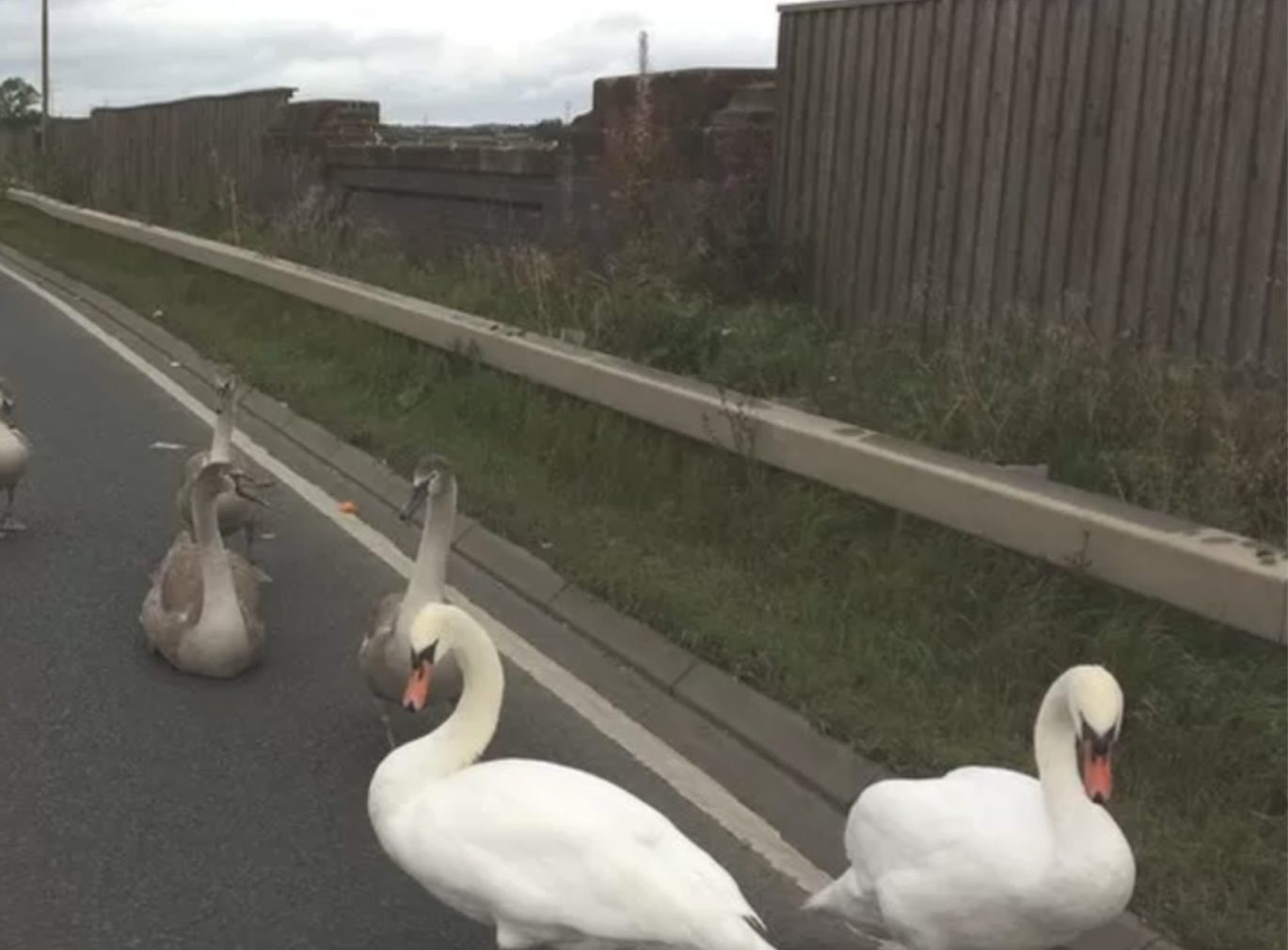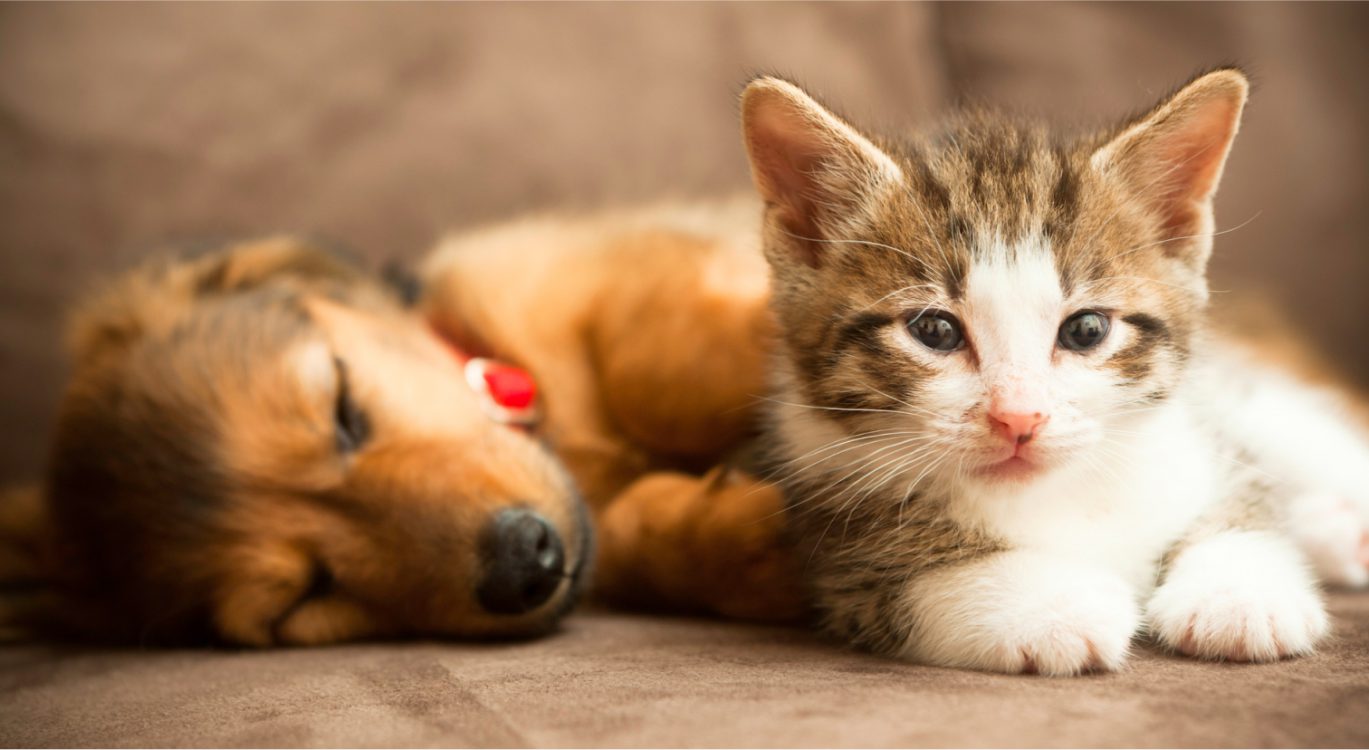
On the Road
What to do if you find animals on the road.
What should I do if I come across an animal on the road?
It is essential that you consider your own safety and that of other road users. Never put yourself at risk of accident or injury.
Most animals will steer clear of busy roads, but high-traffic areas can pose a deadly threat to Scotland’s wildlife. What you can do to help will depend on the circumstances. Always consider your own safety when helping an animal on the road.
If you come across an animal on a quiet, country road, give them plenty of space. They will usually move without any intervention. Never try to scare an animal off the road. Wild animals can be unpredictable and startling them can put you and the animal at risk.
If you are worried about the animal, stay well back and monitor, returning to the location over a period of time if possible. The mother will usually return to feed or move her young.
What should I do if I come across a live animal on a busy/high-speed road?
If you come across a live animal on the road, exercise precaution in line with the highway code. Pull over when it is safe to do so and contact Police Scotland on 101 to ask for assistance from traffic control. Our officers are happy to assist Police Scotland where possible. Other organisations offering road maintenance services, such as BEAR Scotland and Amey, may also be able to help.
What should I do if I come across a dead animal on the road?
You can report dead animals found in public places to the local council. They will arrange to collect the carcass and dispose of it safely.
If the carcass is a hazard to road users, use precaution and contact 101 to request traffic control when it is safe to do so.
What should I do if I find another type of baby animal on their own?
Animals who live above ground, such as deer and hares, will leave their young in long grass or under bushes to protect them from predators while they forage for food. From a very early age, many species learn to lie very still to avoid attracting unwanted attention but well-meaning people can mistake this for them being abandoned.
Stay well back and monitor the animal from a safe distance, revisiting the location at regular intervals over a 24-hour period if necessary, however keep in mind that the parent may not return if you stay too close or return too often. Keep quiet to avoid alerting them to your presence and keep any dogs on leads and at a distance.
There’s an animal near a road and it looks like it’s going to run into traffic – what should I do?
Stay alert and exercise caution.
If you are travelling on foot, stay well back to avoid startling the animal into running onto the road.
If there are fields or wooded areas nearby, most animals will make their way to safety but if not, call Police Scotland on 101 for traffic control. We are happy to assist Police Scotland where necessary.
What can I do to prevent an accident?
Animals can be unpredictable, so if you see animal warning signs or are travelling through areas with a high wildlife population such as fields or woodlands, check your speed and stay alert.
When driving in the dark, use your full-beam headlights when you can as they will illuminate animals’ eyes.
If you see a deer, dip your headlights to avoid startling them and drive carefully. Deer often travel in groups so look out for more nearby.
Try not to swerve suddenly or brake sharply as hitting oncoming traffic would likely lead to a more serious collision.
Support us from £5 a month
It costs us £63,000 every day to continue the work that animals across Scotland depend on. Our work is only possible because of the generosity of people like you.

